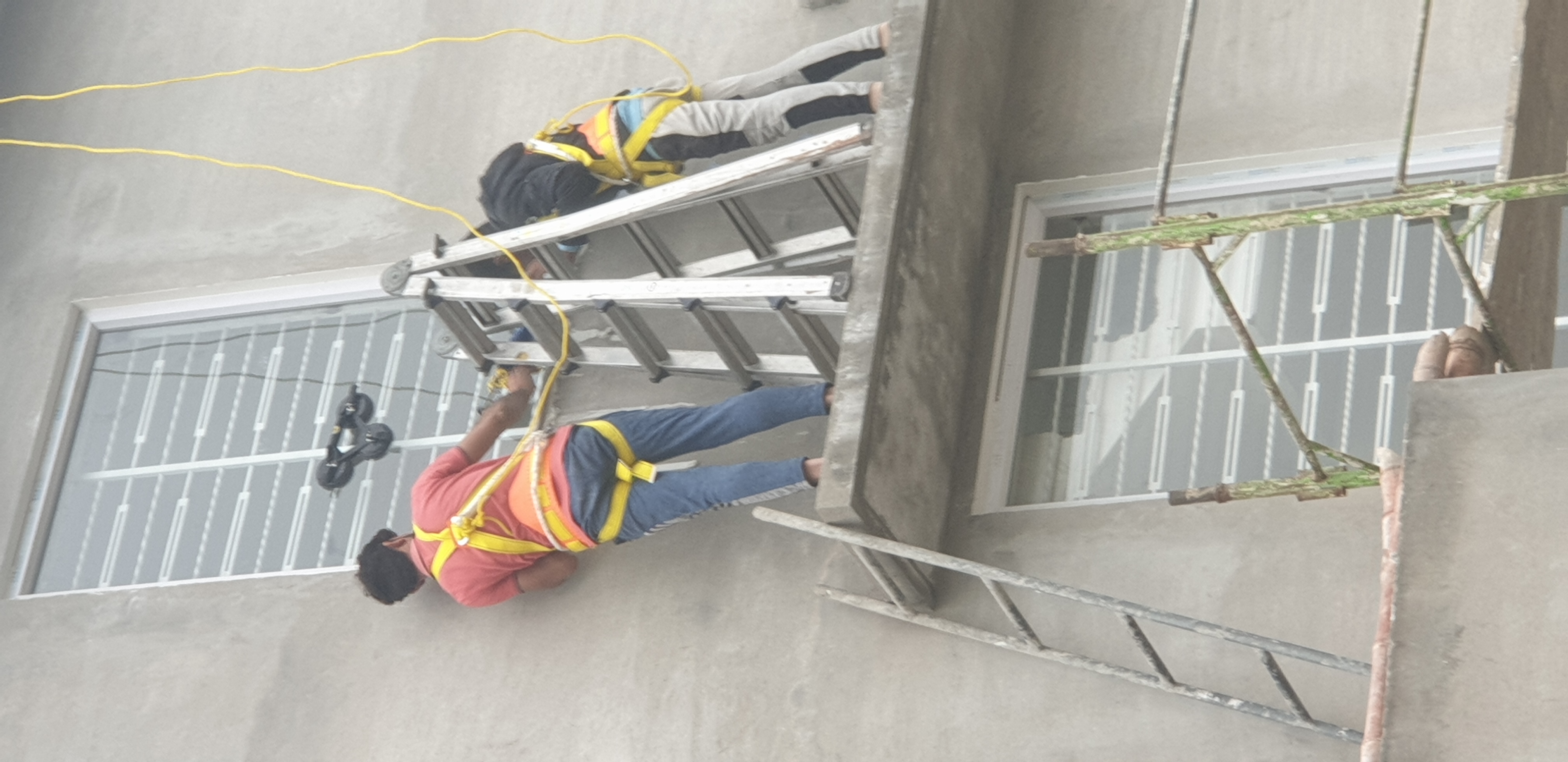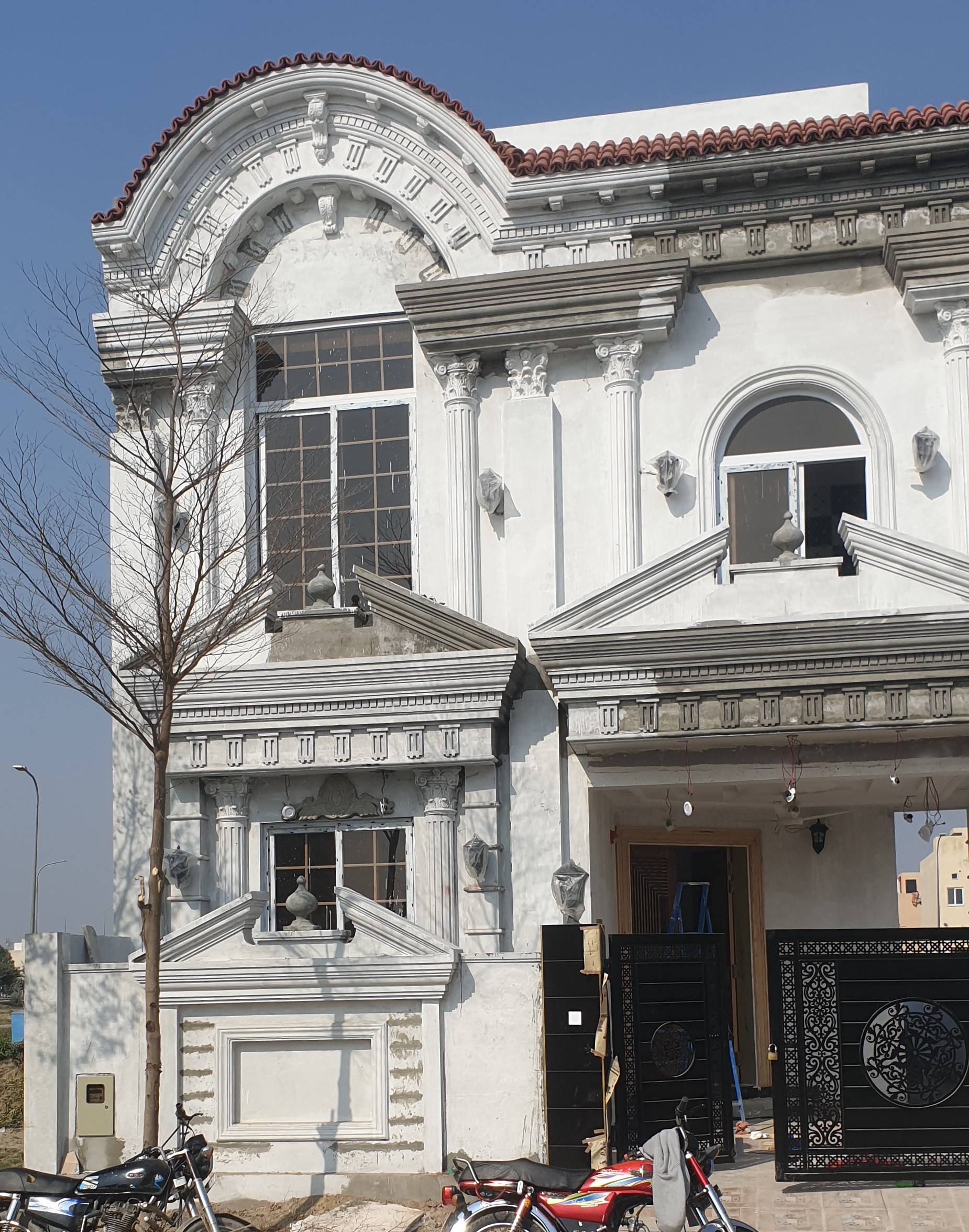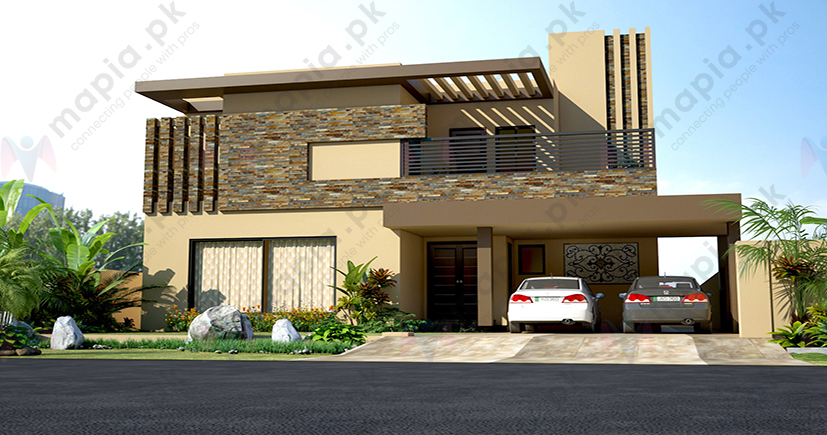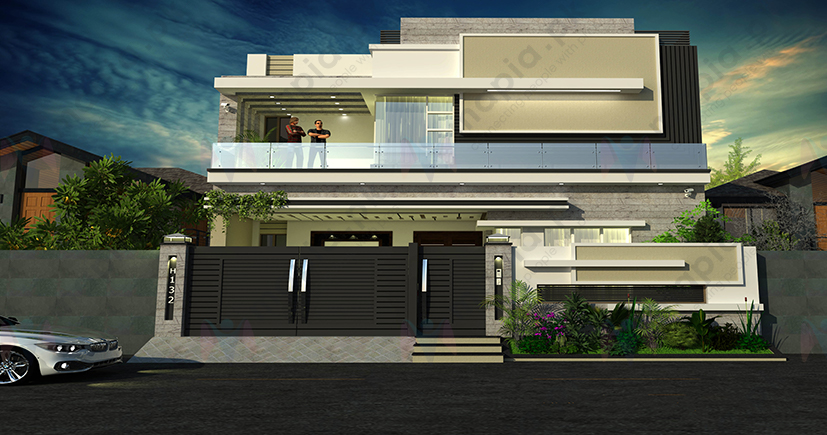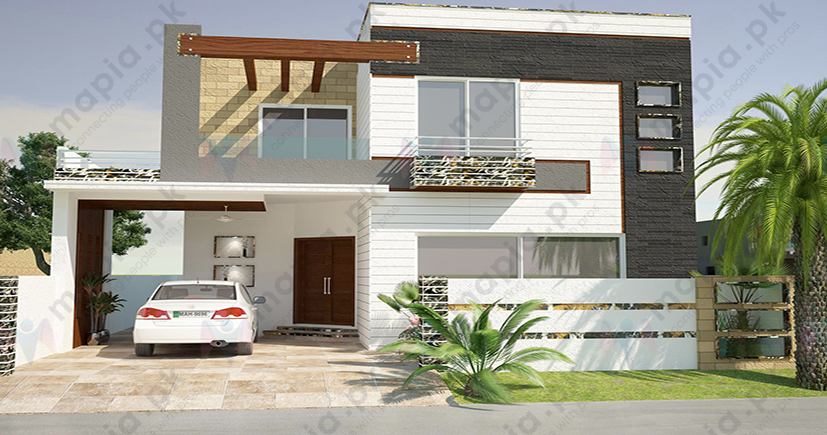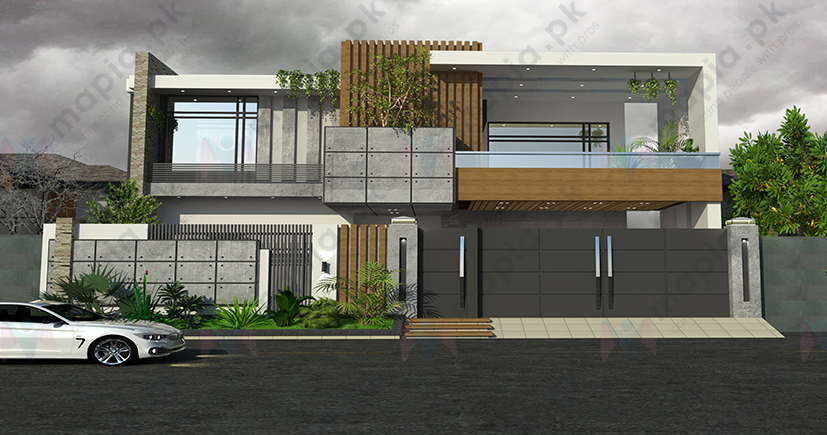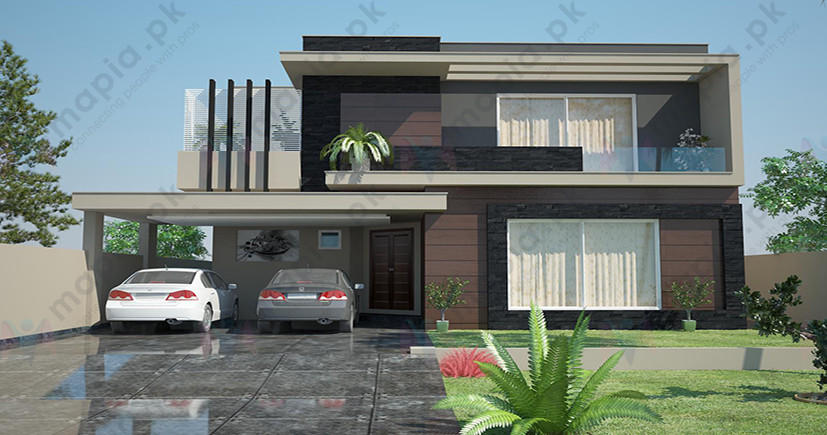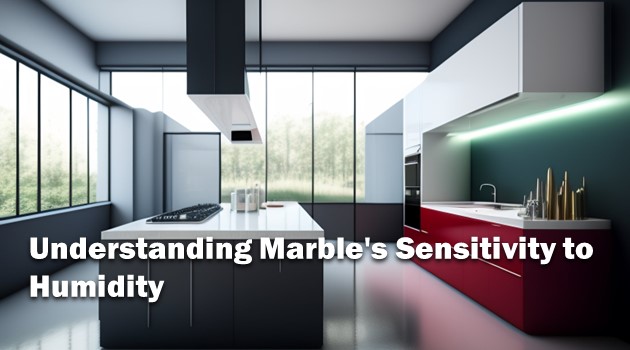Architectural and Engineering Glossary
K
1.Prefix for “kilo,” indicating multiplication by 1000. 2.Symbol for “coefficient of thermal conductivity.”
See thermal conductivity.
A truss in which the arrangement of the panels,7 has the appearance of the letter K.
See thermal conductance.
A cube shaped, flat roofed building in the center of the Great Mosque at Mecca; the most sacred shrine of the Muslims.
An Arabic fortress or stronghold built on a hill.
Premium Product & Services
Best products and services from our partners
A door of composite construction, usually having a wood core and clad with galvanized sheet metal, sometimes with panels of sheetrock or asbestos.
A mineral, usually white, composed principally of hydrous aluminum silicate, of low iron content; used in the manufacture of white cement.
One of the clay materials consisting of a hydrous aluminum silicate.
An Arabic palace, castle, or mansion.
In the Greek Orthodox church, a place under the altar for relics.
1.The central nave of a church.2.The church of a monastery.
1.Abbr. for kilndried.2.Abbr. for knocked down.
Abbr. for “kalamein door and frame.”
An appendage of a molding, usually a fillet, on the furthest projection of a molding.
Same as ogee arch.
A brace molding in which the ogee curves meet sharply at a point or fillet more or less resembling the shape of a ship’s keel.
A hard, white, high-strength, quick setting finishing plaster; takes a high polish;made by burning gypsum at a high temperature, grinding to a fine powder, and then adding alum (to accelerate the set).
The stronghold of a medieval castle, usually in the form of a massive tower, and a place of residence, esp. in times of siege.
A room at the back of a colonial New England house, which served as a combination kitchen, living room, and workroom.
A test which uses a device consisting of a metal plunger (having a hemispherical bottom) which is guided by side stirrups; indicates the consistency of fresh concrete by the depth of penetration when the plunger drops.
The International Standard unit of temperature. Absolute zero equals 0K273.16C459.69F. A temperature increase of 1K is numerically equal to an increase of 1C.
Circumscribed tracery motif, with foils separated by barbs or with forked cusps.
A proteinaceous material used as a retarder for plaster.
British variant of curb.
1.In a suspended acoustical ceiling, a groove cut into the edges of an acoustical tile to receive splines or supporting members of the ceiling suspension system. 2.A slot or cut made in a material such as wood or metal.
A piece of wood having a series of parallel saw cuts part way through its back to permit it to bend more easily.
In an ancient Greek theater, one of the wedge shaped sections of seating of the theater, divided by radiating staircases.
1.A stone mason's axe with a flat face for knocking off projecting angular points, and a pointed peen for reducing a surface to the desired form; also called a jedding axe.2.A heavy timber, as a timber bolted between two stanchions.
1.A wedge which passes through a hole in a projecting tenon to secure its hold. 2.A piece of metal or wood which is inserted in a joint to prevent movement between adjacent surfaces.3.A piece inserted in the back of a board to prevent warping. 4.The last board in a series of floorboards, tapering in shape, and serving to hold the others in place when driven home. 5.The property of a material that facilitates the bonding of another material to it. 6.The roughening on the underside of veneer or similar material to assist it in holding glue.7.The roughened surface on the back of tile or the like to assist it in holding mortar. 8. In plastering or similar work, that part of the plastic material that is forced between and enters the holes in (or clings to the roughened surface of) the backing lath. 9.A keystone.10.A groove cut in a surface into which fits a corresponding projection from a member above, as a keyed footing. 11.A detachable metal instrument which operates a lock; it is inserted into the lock and moves a bolt, latch, or catch.
A keystone.
Same as cotter pin.
A brick which is tapered toward one end; used in brick arches.
A console,1 which acts as the keystone of an arch.
1.A course of keystones in an arch; used in a deep archway where a single keystone will not suffice. 2.A course of keystones used in the crown of a barrel vault.
A keyhole cover, usually attached to the escutcheon by a pivot.
Same as key plate.
A mechanism that permits operation,insertion,or removal of a key to a piece of equipment only if certain conditions have been met or prescribed operations have been completed;may be required to meet specified safety conditions and to prevent improper (or unauthorized) operation of the equipment.
Pointing in which the soft mortar is pressed and worked into shape by means of a tool having a convex edge.
See labyrinth fret.
The last pile driven into a bay of sheet piling;usually slightly tapered.
A small scale plan of a building or building group which indicates the placement of the principal elements of the scheme.
A small plate or escutcheon having only a keyhole.
A table that lists the key numbers for all doors on a construction job.
In an electric circuit,an on off switch which can be actuated only by the insertion of a key,11.
A valve which can be operated only by the insertion of a key,11.
Said of a concrete form, or the like, which is fixed in position in a recess or notch.
A compound beam having mating grooves between adjacent layers to resist horizontal shearing stresses at the interfaces.
A brick having a recess in one face (usually of the dovetail type); used to provide a mechanical key for plasterwork or rendering.
Same as joggle joint.


